

Do you want to know more about the reindeer footprint? You are in the right place! In this article you will find everything you need to know about the tracks of these fascinating animals. From their size and shape, to their importance in the lives of reindeer and the ecosystems in which they live. In addition, you will be surprised with some curious facts that you surely did not know about reindeer tracks. Don’t miss this opportunity to learn about one of the most emblematic animals of the cold regions of the world!
How to make a reindeer footprint with clay
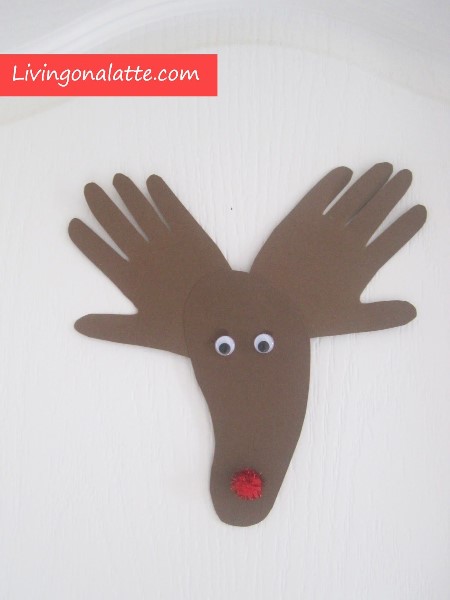
If you want to make an original Christmas craft, making a reindeer footprint with clay is a good option. Follow these steps:
Materials
To make a reindeer footprint with clay you will need:
- Clay
- Wax paper
- Brown and white acrylic paint
- Brush
- clear varnish
Steps
Place the clay on a flat, clean surface.
With the help of a roller, spread the clay until it is approximately half a centimeter thick.
Place the waxed paper on top of the clay and press down carefully so that it adheres well.
With the help of an oval-shaped object, make the shape of the reindeer’s footprint.
Carefully remove the waxed paper, leaving the imprint already formed in the clay.
Let the clay dry for a few hours or according to the manufacturer’s instructions.
Paint the footprint with brown acrylic paint. Let dry and apply a second coat if necessary.
8. Using white acrylic paint, paint two circles on top of the paw print to simulate the reindeer’s eyes. You can also paint the tips of the ears and nose.
9. Apply a layer of clear varnish to protect the clay and set the paint.
Ready! You already have your clay reindeer footprint.
Meaning of the reindeer footprint in Christmas culture
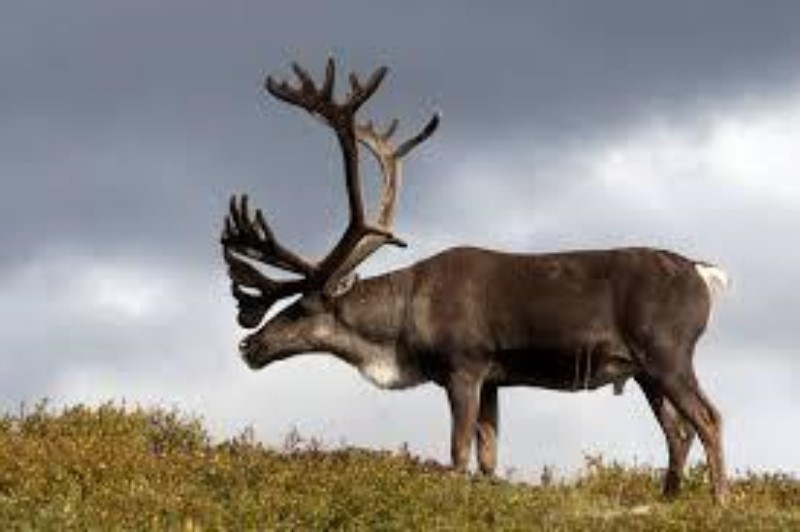
The reindeer footprint is an iconic image in Christmas decorations. It is said that this tradition originated in the Nordic peoples, where the reindeer was a sacred animal for the Sami, an indigenous tribe of Lapland. In Sami mythology, the god Thor drove a chariot drawn by two reindeer, becoming a key figure in Christmas culture.
Representation of Santa’s reindeer
Another reason the reindeer footprint is important at Christmas is because of its association with Santa Claus. In Clement Clarke Moore’s story “A Little Visit from Saint Nicholas”, also known as “The Night Before Christmas”, Santa Claus is described as driving a sleigh pulled by eight reindeer, each with a specific name. This image has become popular and is depicted in Christmas decorations around the world.
Reindeer Footprint Symbolism
The reindeer footprint is also used as a symbol of perseverance and tenacity. Reindeer are believed to be able to adapt to changes in their environment and withstand harsh weather conditions, making them a source of inspiration to many. The reindeer footprint can also represent movement and progress, as reindeer are migratory animals that travel great distances in search of food.
Differences between the reindeer track and the deer track
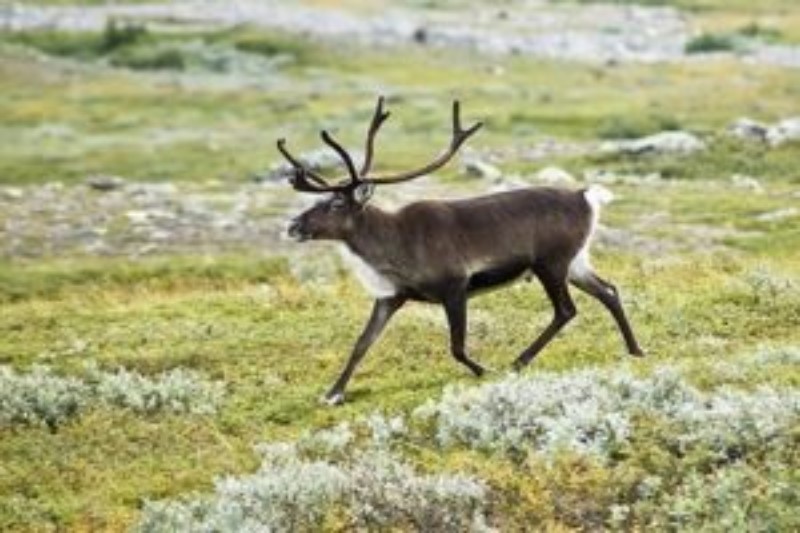
At first glance, reindeer and deer tracks may appear very similar, but there are actually several differences that set them apart. Here we explain some:
size and shape
Although both tracks have a similar overall shape, the reindeer track is slightly larger and wider than the deer track. In addition, the reindeer track has a more rounded and compact appearance, while the deer track is more elongated and has a more pronounced shape in the middle toe.
Habitat and behavior
Another difference between these tracks is in their habitat and behavior. Reindeer are animals that live in cold and mountainous areas, so their tracks are often found in the snow and on rocky terrain. On the other hand, deer prefer more wooded habitats and tend to move on softer terrain, so their tracks can be found in dirt and mud.
Now that you know these differences, you will be able to more accurately identify a reindeer or deer track and enjoy the nature around us even more.
How to identify a reindeer track in the snow
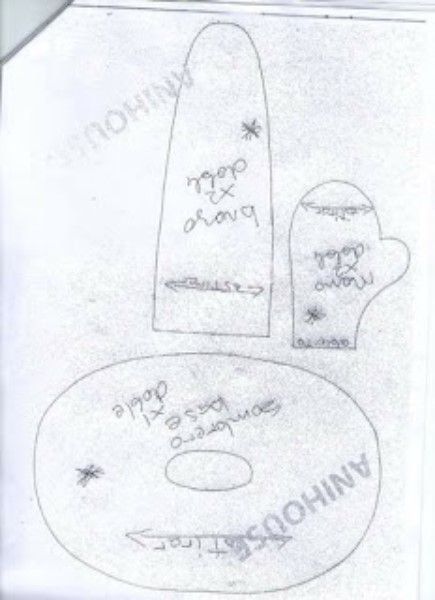
A reindeer track is easily identifiable if you know what to look for. Reindeer tracks have a very characteristic shape, with a distinct front and back. Also, reindeer tracks are wider than other deer tracks, making them easy to distinguish.
reindeer footprint shape
A reindeer’s track is rhomboid in shape, with a leading part tending to elongate and a shorter trailing part. The front print has two toes, while the rear print has three. In addition, the tracks of the reindeer are usually very deep, since these animals are very heavy.
Location of reindeer tracks
Reindeer often move in herds and therefore it is common to find their tracks in areas with a lot of snow, such as forests and pastures. If you are looking for reindeer tracks, we recommend looking in these areas. Also, if you find reindeer tracks, follow the trail, there’s a good chance you’ll find the animals before they realize you’re around.
Curiosities about the reindeer footprint
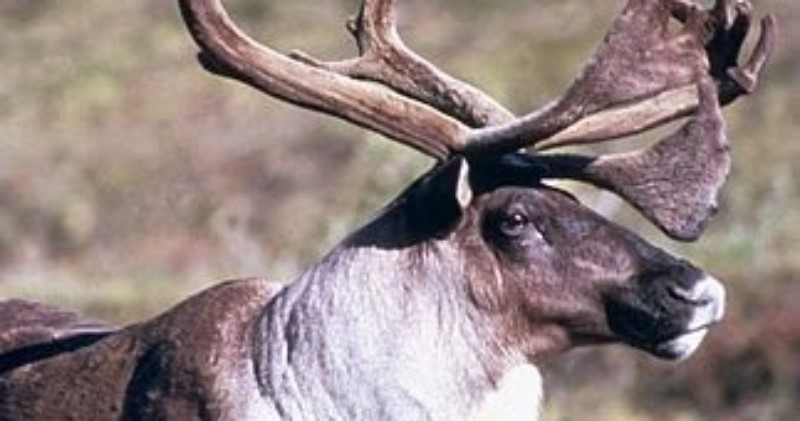
The reindeer is the only deer that has splayed toes., which allows it to adapt to specific environments in which other deer could not survive. In addition, reindeer have a very thick foot pad that allows them to walk on snow without sinking too deep.
Reindeer tracks can be highly variable in shape and size, depending on the age, sex and weight of the individual, as well as the depth and texture of the snow. The tracks of the females are usually smaller and closer together than those of the males, while the tracks of the young are more similar to those of the females than those of the adult males.
Reindeer can walk at a speed of up to 80 km/h, thanks to their long and slender legs that allow them to run for miles without getting too tired. These animals are capable of traveling great distances both in the tundra and in the forest, and can even swim in rivers and lakes to reach their grazing areas.
How to draw a reindeer footprint step by step
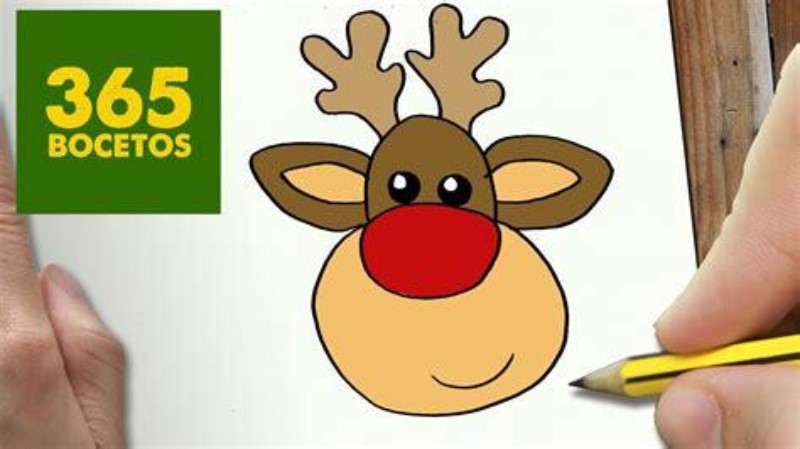
Reindeer paw prints can be a great Christmas decoration or an item for arts and crafts projects. Here is a step by step tutorial to draw a reindeer footprint:
Necessary materials
To draw a reindeer footprint, you need paper, pencil, and brown, black, and red markers. It is also helpful to have a ruler and a reindeer footprint template.
Step 1: Draw the shape of the footprint
Using the template or by drawing freehand, draw the general shape of the footprint on the paper.
Step 2: Add details
Using the ruler, draw the lines that divide the footprint into four fingers. Then, draw small nails on each finger using the black marker. Finally, with the red marker, draw a small ball on top of the footprint to represent the reindeer’s nose.
With these simple steps, you can draw your own reindeer paw print for decoration or a craft project.
The importance of the reindeer footprint in the conservation of the species

The reindeer track as an indicator of presence and habitat
Reindeer tracks are an important indicator of presence and movement in their natural habitat. Thanks to them, experts can know their migratory routes and areas of food, which is vital for its conservation and management. In addition, the reindeer footprint can also be used to determine the size and age of the animal, as well as its sex.
The reindeer track as a research tool
The reindeer footprint is also an essential tool for research on this endangered species. Scientists can study their behavior, adaptation to the climate and advances in their evolution, thanks to the analysis of their tracks. In addition, the reindeer footprint is a valuable source of information on the impact of climate change on reindeer and their natural habitat.
